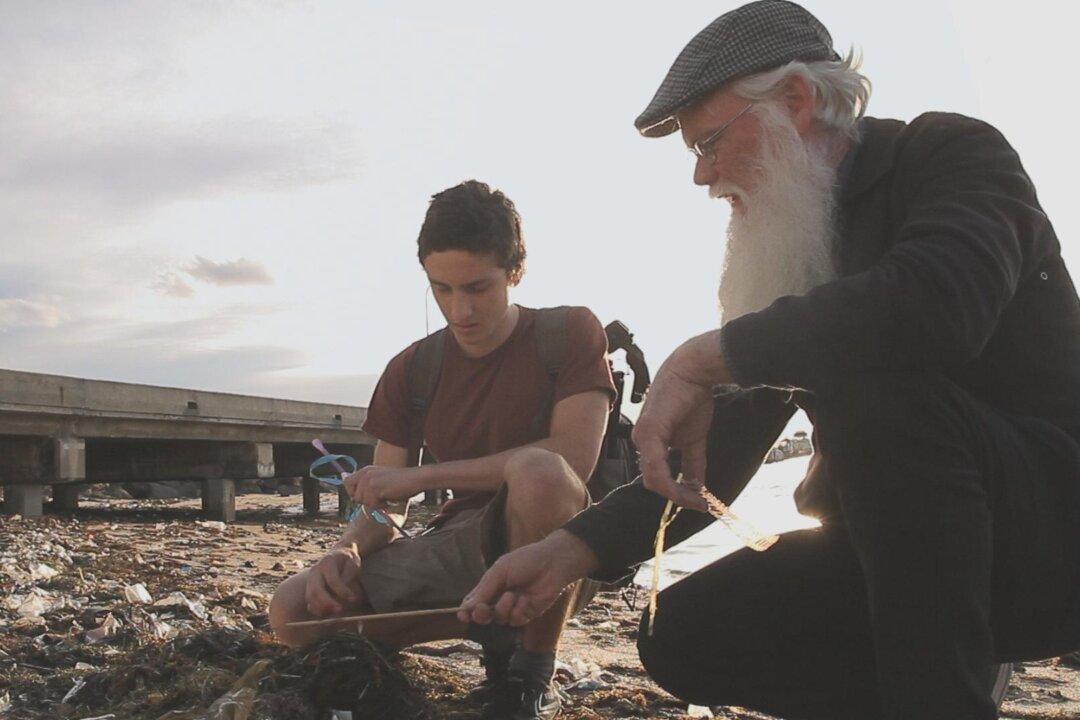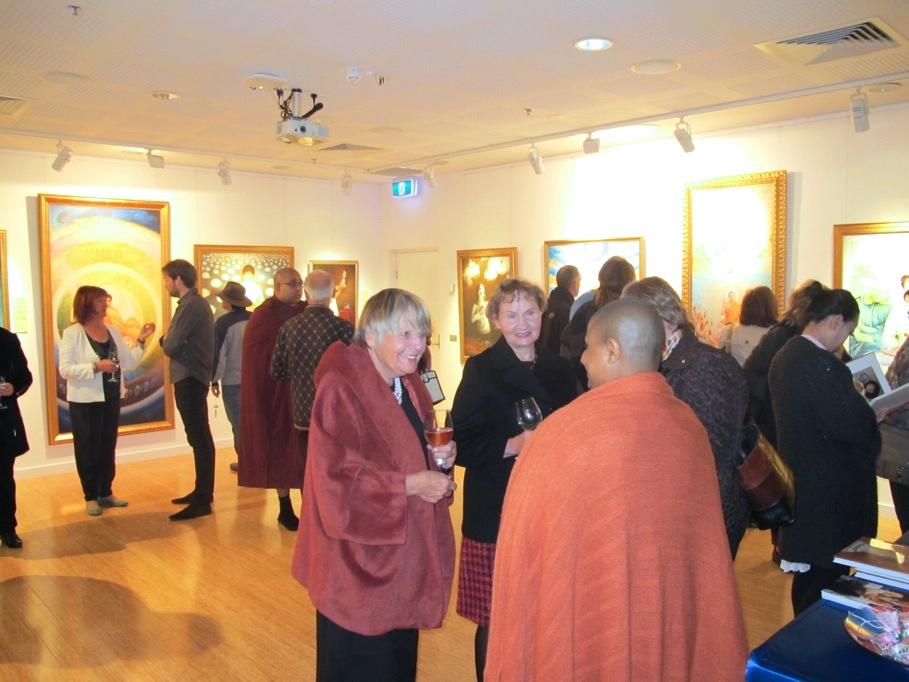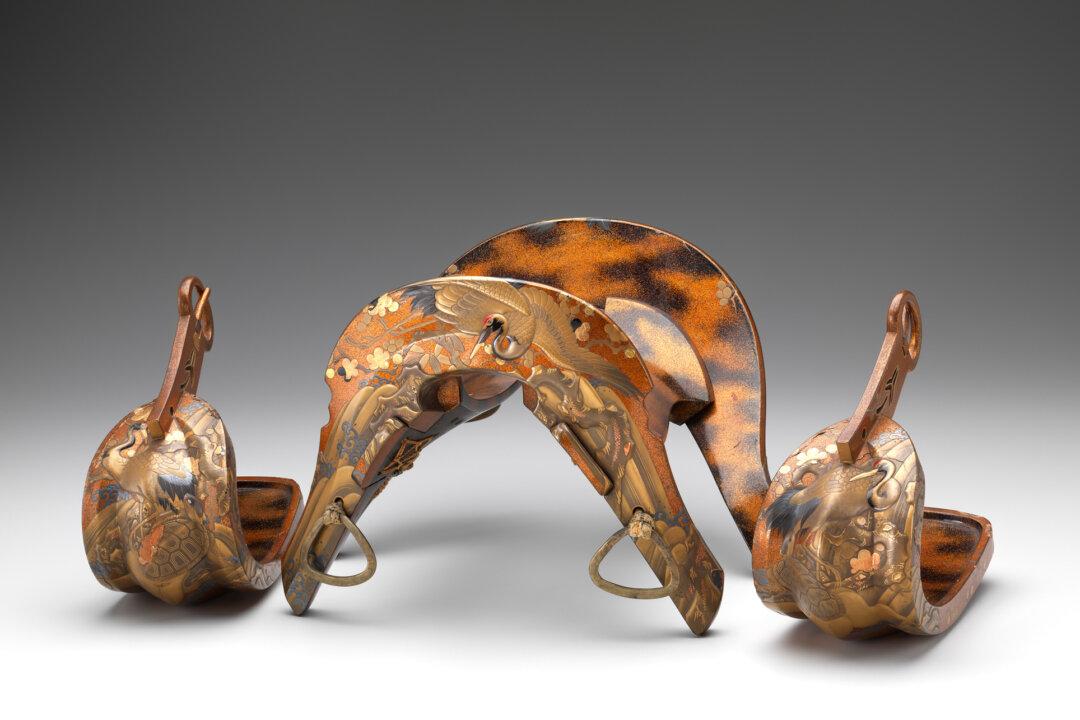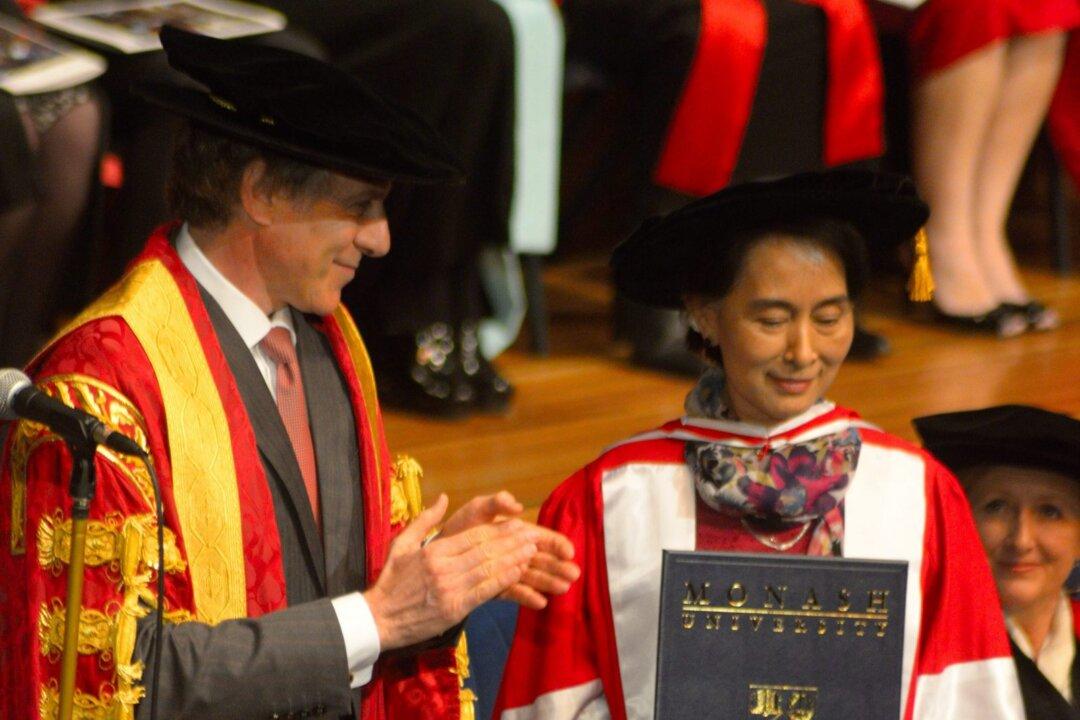When Melbourne-based filmmaker Michael J. Lutman agreed to film a scientific expedition examining water quality in a section of the Atlantic Ocean in 2010, little did he realise how much it would change his life.
Mr Lutman, 33, says he knew nothing about boats, had never been out to sea before, and was not a conservationist. Yet in 2010 he joined the research vessel Seadragon on the very first scientific expedition to document plastic waste in the South Atlantic Gyre.
“Somehow, after a couple of drinks in San Francisco with a very passionate friend, I found myself in a port in Brazil about to sail for South Africa,” Mr Lutman recalled.
Essentially a landlubber at heart, Mr Lutman defied seasickness to film this research expedition. It involved four weeks at sea in a yacht in all weathers, trawling the surface of the ocean. His intention was just to film and remain neutral in his thinking. But the expedition had a profound effect on him, leading him to reflect on his own lifestyle and consuming habits.
Leading the expedition was Dr Marcus Ericsson, co-founder of the 5 Gyres Institute, a California-based organisation focused on raising awareness of the impact of plastic waste on the world’s oceans and in particular in all of the gyres.
The gyres are whirlpools where the currents of the oceans meet. Above Australia and lying between California and Hawaii is the North Pacific Gyre, commonly called the Great Pacific Garbage Patch. Below this and relatively close to Australia is the South Pacific Gyre.
In gyres, plastic pollution accumulates to such an extent that they have become vast floating garbage patches. Sea vessels tend to avoid travelling through gyres, so the effects of plastic pollution in these areas was not well-known.
Mr Lutman says the scientists were expecting to find plastic. “But unfortunately,” said Mr Lutman “we found plastic in every single sample that was pulled in. By the time we got to the very centre of what is known as a gyre, the samples were becoming more like handfuls of plastic particulate, almost like if you put your hand in pebbles and picked them up.”
He recalls the crew hardly saw any marine life on their voyage even though they were at sea for 33 days. Sometimes fish could be seen around larger chunks of plastic and nibbling at it.
But most disturbing for him was seeing one whale travelling alongside the yacht, all the while like a giant sieve drawing into its stomach the small particles of plastic, just as the research team was doing the same with their own trawling sieve.
“I never was an environmentalist before, it was just an interesting topic for a film maker. Now I realise how big of a problem it is,” Mr Lutman said.
“It has altered my shopping habits and I am also telling my friends about it.
“They see me as being kind of a bit eccentric so to speak - not buying a tomato sauce that comes in a plastic bottle, I’ll buy the ones that come in glass. I won’t take the store’s bag, I’ll bring my own.
Mr Lutman’s resulting documentary, Plasticized, calls attention to the toxic soup that has resulted from decades of dumping used plastic into the ocean. He says that the biggest shock for the crew was that it wasn’t a plastic island that you can go out and walk on.
“There weren’t the bigger chunks. But when you looked a little bit closer, there were little bits of plastic in every single square kilometre of that ocean,” he said.
He says studies of blood samples have revealed the transference of these chemicals into our body and into our blood streams. “We are at the top of the food chain, so that pollutant builds up in our fatty tissue and ultimately affects our health.”
At a screening of Plasticized in Melbourne earlier this year, one viewer said she found it fascinating and very disturbing at the same time.
“It is just absolutely mind boggling the amount of plastic that there is getting into our system,” said Ms McWilliams. “We are all consuming things from the ocean in some way, shape or form. So we are throwing this rubbish away, but it is actually coming back into us at some point. It was mind blowing.
“I do have a recycled coffee cup that I use every morning. But I am sure there is a lot more that I will be thinking about after this.”
Awareness comes with being able to see what is happening, and as a documentary producer, Mr Lutman says it is the magic of film that inspires him.
“It is a great tool to show the beauty of the ocean and talk about something that is really important. It allows people to go on the journey that I went on, and to feel the same way as I do from having that experience,” he said.
Now four years on from the Seadragon research expedition, Mr Lutman says some progress has been made to stop the overflow of plastics into the ocean. A few months after a screening of Plasticized in Fremantle, WA, and a chat with the Mayor, the city put forth legislation to ban single-use plastic bags.
“I feel like there is hope despite the pessimistic outlook,” Mr Lutman said.
After screening Plasticized at the Eco Centre in St Kilda, Mr Lutman was commissioned to make another film, called Baykeepers, into the investigation of plastic pollution on a local Australian level. He’s been busy filming seals entangled, dead birds with bellies full of plastic, and even a dolphin that had ingested plastic bags.
“It was all quite startling,” Mr Lutman said, “but essential to show in my new film, as it shows this plastic pollution problem is happening everywhere, including Melbourne, Australia.”
A free screening of Michael Lutman’s new documentary Baykeepers will be held at the Royal Yacht Club in Williamstown, Melbourne on May 31.
To learn more about Plasticized, visit www.plasticizedthemovie.com.




